
Retinol vs Glycolic Acid: Which is Better For You and Why
With so many skincare options in the market promising various benefits, figuring out which is best for your specific needs can get confusing. Two of the most popular ingredients for anti-ageing, acne, and skin resurfacing are retinol and glycolic acid. But what exactly do they do? Which one should one choose? And can they be used together? This blog post breaks it down for you.
What is Retinol?
Retinol is a vitamin A derivative and is one of the most researched skincare ingredients for its proven ability to treat various skin concerns. It works by increasing cell turnover and stimulating collagen production. A slow rate of cell turnover slows down can cause skin dullness, fine lines, wrinkles and uneven texture. Retinol can speed this process up, leading to younger, smoother-looking skin.
Retinol also clears pore blockages to prevent and treat acne. It tackles almost all major skin concerns, such as wrinkles, loss of elasticity, and uneven tone and texture. No wonder it is called the gold-standard skincare ingredient. However, using retinol makes your skin more photosensitive, so sunscreen use is mandatory.
What is Glycolic Acid?
Glycolic acid is an alpha hydroxy acid derived from sugar cane. These AHAs are water-soluble acids that exfoliate the top layers of one's skin. They can help one improve skin texture, brightness, fine lines and acne. Glycolic acid has the smallest molecules out of all AHAs, so it can penetrate the skin deeper and deliver faster results.
By dissolving the bonds between the dead skin cells on the surface, glycolic acid helps shed this layer much quicker to reveal the fresh, radiant skin underneath. It also stimulates collagen and elastin production for firmer and more radiant-looking skin over time. Glycolic acid is generally well tolerated but can cause drying, flaking, and irritation in some. One should always start with a lower percentage.
Also read: Unveiling the Power of Glycolic Acid Serum: A Comprehensive Guide
Retinol vs Glycolic Acid: Key Differences
In terms of properties and benefits, there is nothing like Glycolic acid versus retinol. Both have their own advantages. This section explores the difference between these two skincare ingredients.
|
Avenue |
Retinol |
Glycolic Acid |
|
Mechanism of Action |
Retinol accelerates cell turnover and boosts collagen production. Retinol works from inside the skin by stimulating the living skin cells. |
Glycolic acid is an exfoliator that sheds off dead skin cells. Glycolic acid sits on top and cleans out the superficial buildup. |
|
Skin Benefits |
Retinol tackles skin concerns like fine lines, wrinkles, firmness and uneven skin tone by increasing cell turnover and collagen production from within. It also prevents and clears acne by keeping pores clear. |
Glycolic acid also improves signs of ageing but focuses more on resurfacing or dealing with issues on the surface like pigmentation, dullness, texture irregularities and fine lines. It does help with acne, but mainly by clearing dead cells and oil buildup. |
|
Best For: Different skin concerns and conditions |
Retinol is the preferred choice for people wanting to combat skin concerns with collagen boosting and cellular turnover actively. Mature skin would benefit the most from a retinol product. It is also perfect for oily and acne-prone skin types because it regulates oil production and keeps pores clear. |
Glycolic acid suits all skin types, including sensitive skin. Regular use will yield great results for those struggling with pigmentation, scarring, clogged pores, blackheads, and textural irregularities like fine lines. People focusing more on exfoliation and brightness would benefit from glycolic acid. |
|
Side Effects: Potential irritation and sensitivity |
Retinol can make the skin photosensitive. One should start slow with lower percentages. Buffer retinol with moisturiser or mix it with the night cream. |
Glycolic acid is best tolerated right after cleansing skin when it is more acidic. |
Retinol and glycolic acid can cause irritation, redness, peeling, and sensitivity as they speed up cellular processes. However, they affect the skin differently. One should always wear SPF with both and pay attention to signs of sensitivity.
Which is Better: Glycolic Acid or Retinol?
Whether or not glycolic acid or retinol is better depends on skin type, concerns, and goals. Here is a quick comparison:
Glycolic Acid is Better For:
- Skin brightening and resurfacing
- Clearing acne but not for acne treatment
- People focussing more on exfoliation
- Texture issues like large pores, blackheads, fine lines
Retinol is Better For:
- Reducing all key signs of ageing - lines, firmness, tone
- Improving elasticity and deeper wrinkles
- Clearing and preventing acne
- Restoring skin density and structure
- Mature skin needing collagen boost
Can Retinol and Glycolic Acid Be Used Together?
Skincare products containing retinol and glycolic acid together are available, as they can provide complementary benefits. Glycolic acid helps accelerate the penetration and efficacy of retinol. Using them together covers both exfoliation to renew skin faster and rebuild collagen.
However, combining these active ingredients also increases the chances of irritation and sensitivity. Do not use them together in the same routine when starting out. Slowly work up the skin's tolerance before using them together. Used separately, glycolic can help prep the skin for better absorption of retinol. It is important to pay attention to the skin's reaction and take necessary breaks to avoid over-exfoliating.
Also read: Revealing the Benefits of Retinol for Skin
Conclusion
Retinol and glycolic acid are two hero ingredients for fighting various signs of ageing, but they function differently. Retinol handles ageing concerns deep within the skin's structure, while glycolic acid retextures the skin's surface.
One should determine their skin goals and type to determine which suits them the best. And if one wants both exfoliation and anti-ageing, these powerful ingredients can also be combined with some precautions. This allows one to leverage the strengths of both for noticeably healthy, radiant skin.
FAQs
Can I use retinol and glycolic acid on the same day?
Using retinol and glycolic acid at the same time of day is not recommended, especially when going out. Combining them can increase the risk of irritation and sensitivity. Once your skin builds tolerance, you can use them on alternate nights.
Which is better for acne: retinol or glycolic acid?
Retinol is more effective against acne as it tackles the root cause—oil production, dead skin cell buildup, inflammation—and keeps pores clear. Glycolic acid helps dry out acne but does not treat it like retinol.
Is glycolic acid or retinol better for anti-ageing?
Retinol is considered the gold-standard anti-ageing ingredient. It boosts collagen, improves elasticity, evens skin tone, reduces wrinkles, and restores skin density, providing comprehensive skincare benefits from within.
Should I use glycolic acid or retinol for hyperpigmentation?
Instead of taking this question as glycolic vs retinol, one should understand that glycolic acid effectively reduces pigmentation and hyperpigmentation. Speeding up cell turnover helps fade dark spots and acne marks and evens skin tone. Retinol also helps pigmentation, but glycolic delivers faster-brightening results.
Are retinol and glycolic acid the same?
Retinol and glycolic acid are completely different ingredients. Retinol is a retinoid derived from Vitamin A while glycolic acid is an alpha hydroxy acid. They have different mechanisms of action and skincare benefits, with some overlapping advantages.

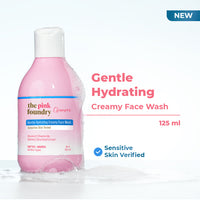
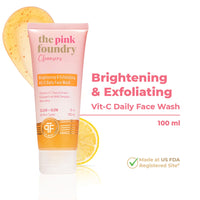
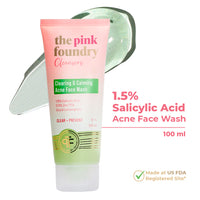
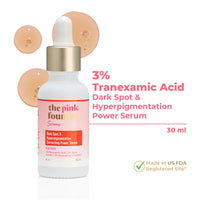
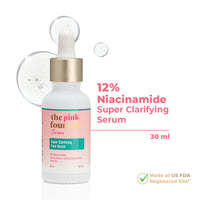
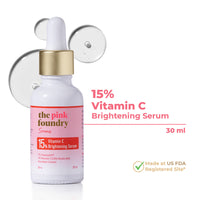
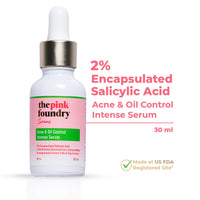
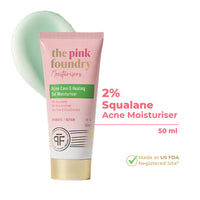
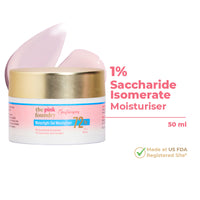
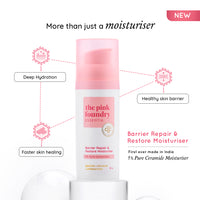
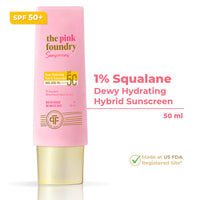
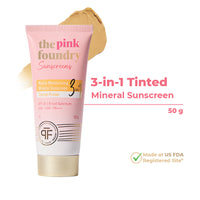
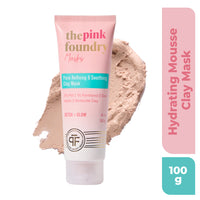
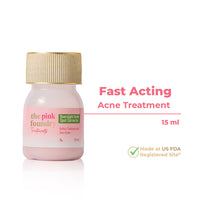
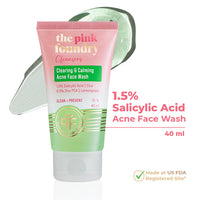
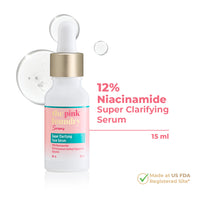
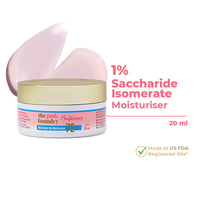
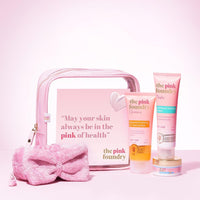
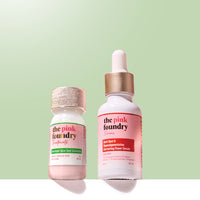
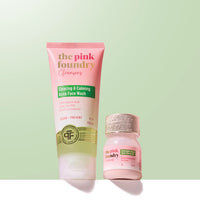
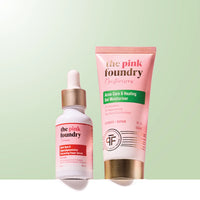
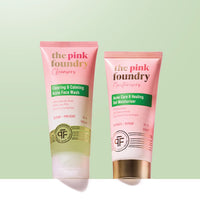
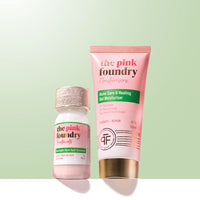
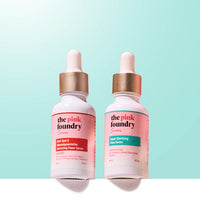
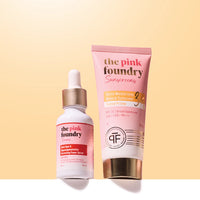
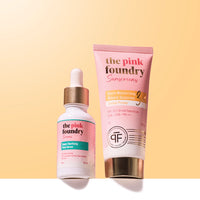
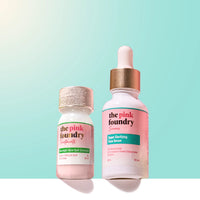
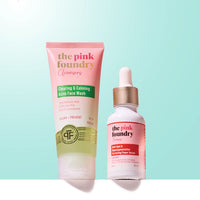
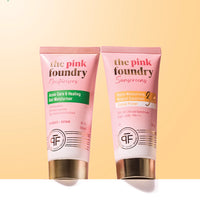
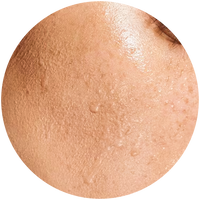
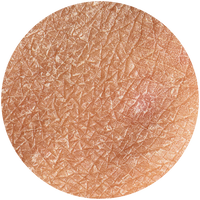
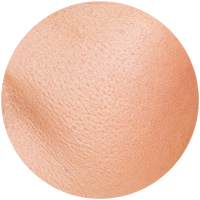
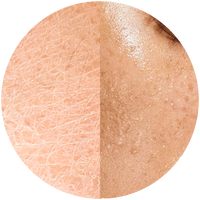
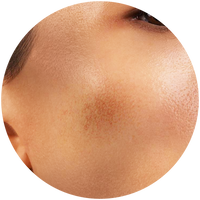
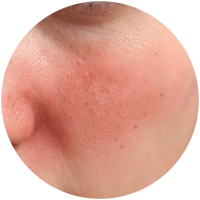
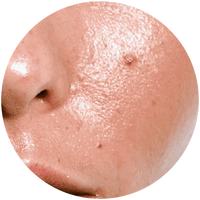
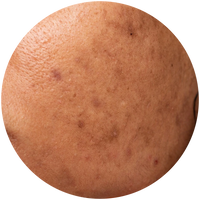
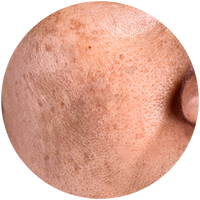
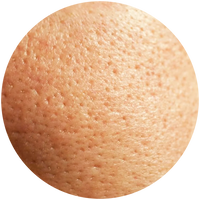
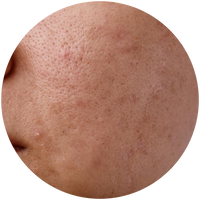
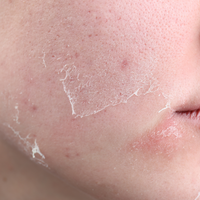
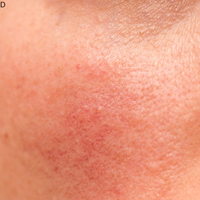
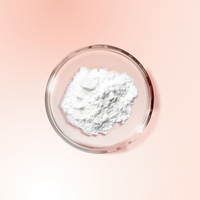
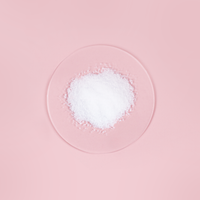
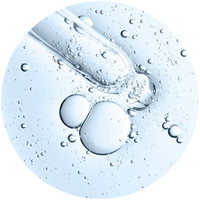
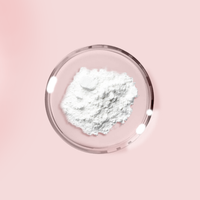
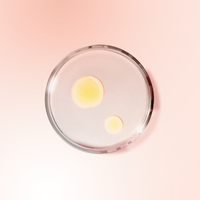
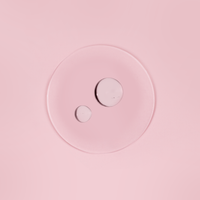
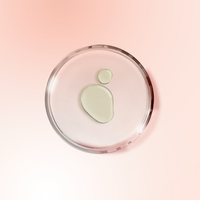
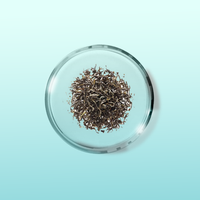
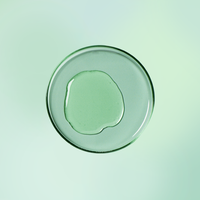
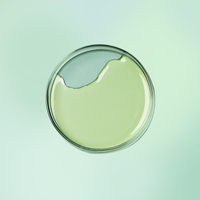
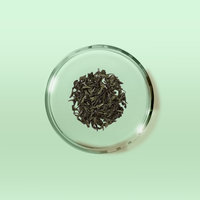

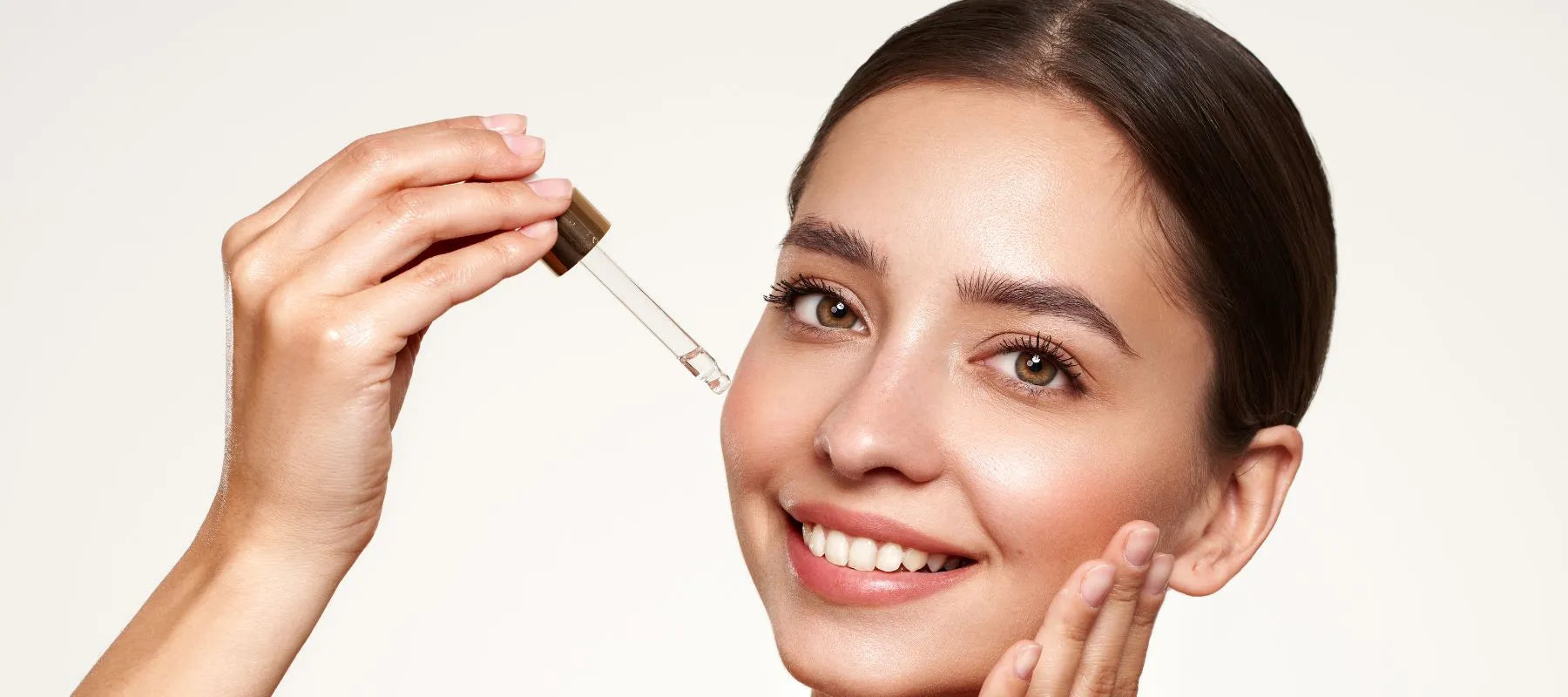
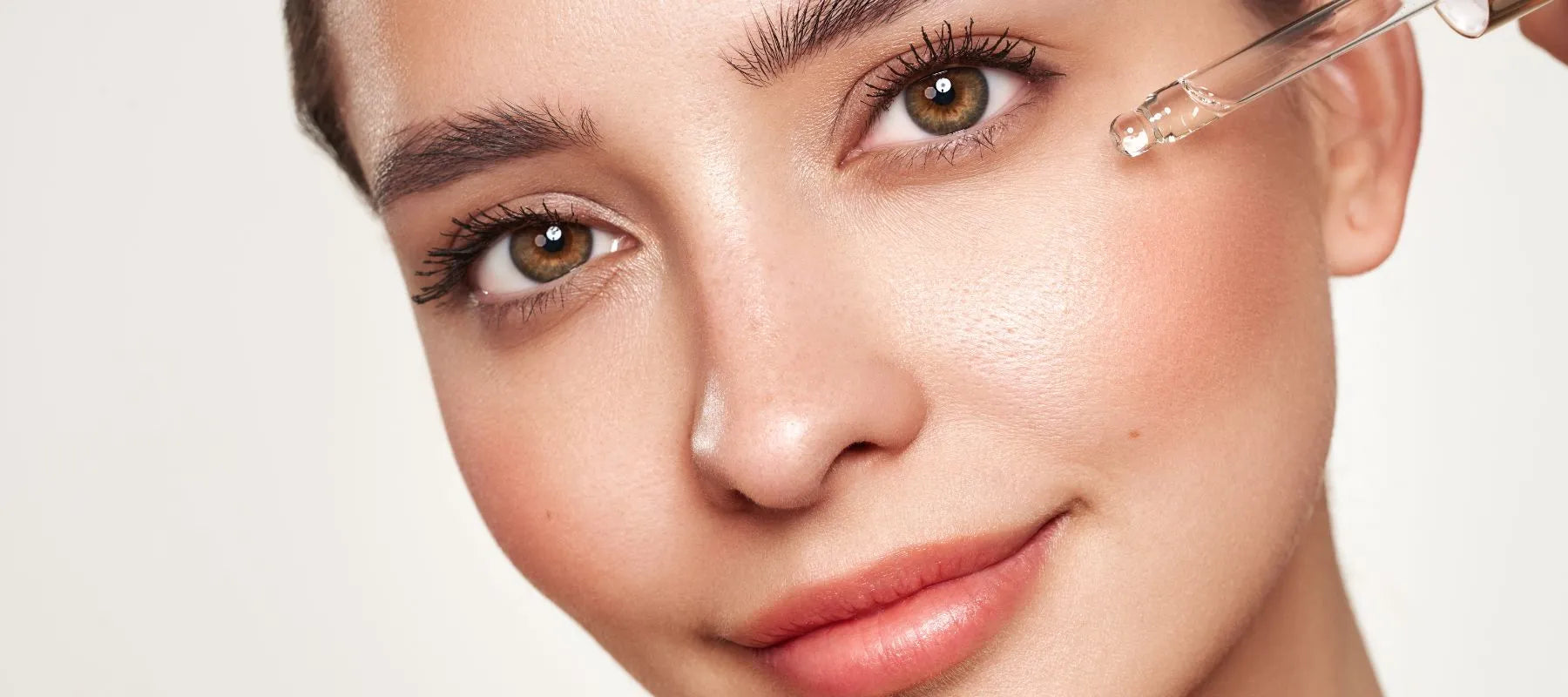

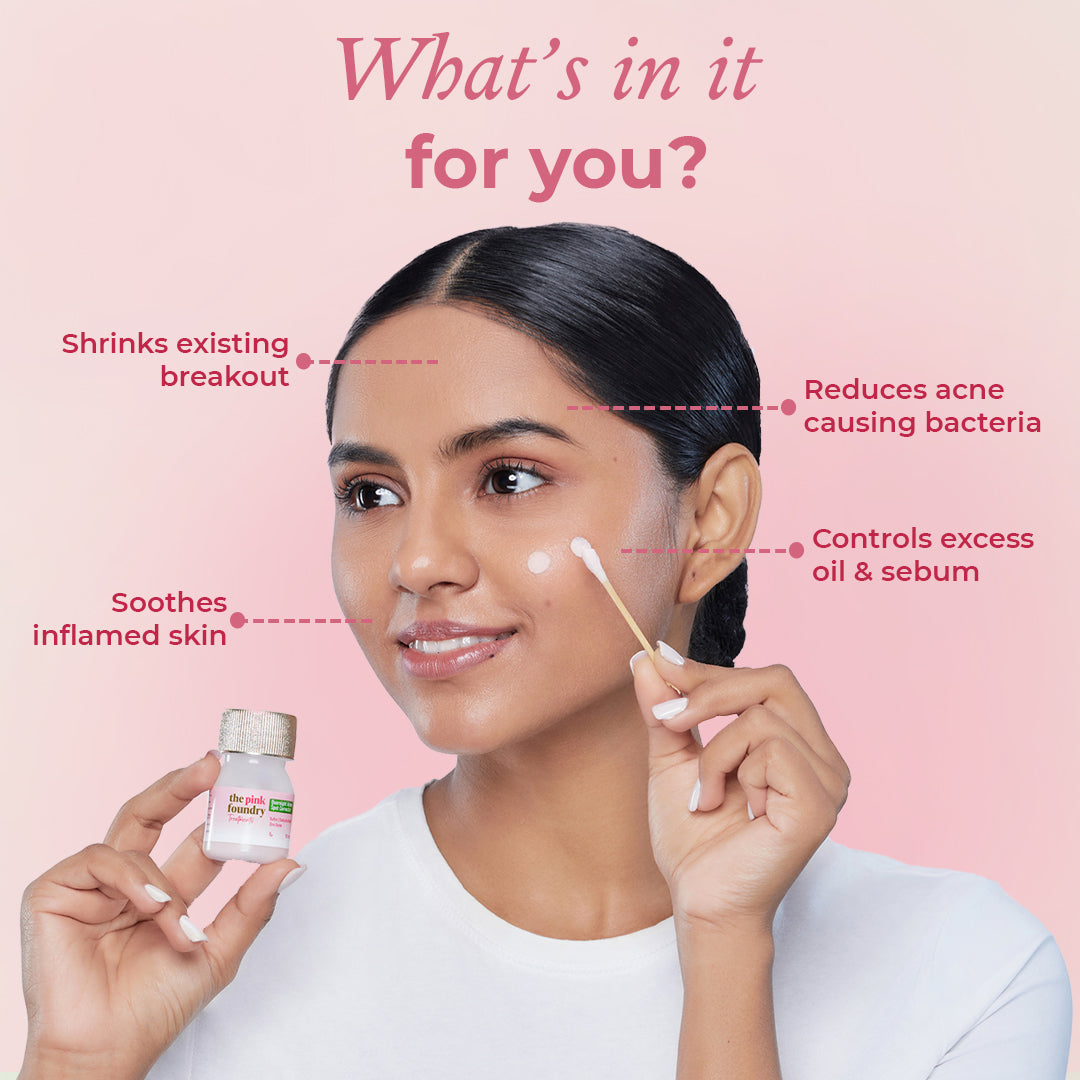
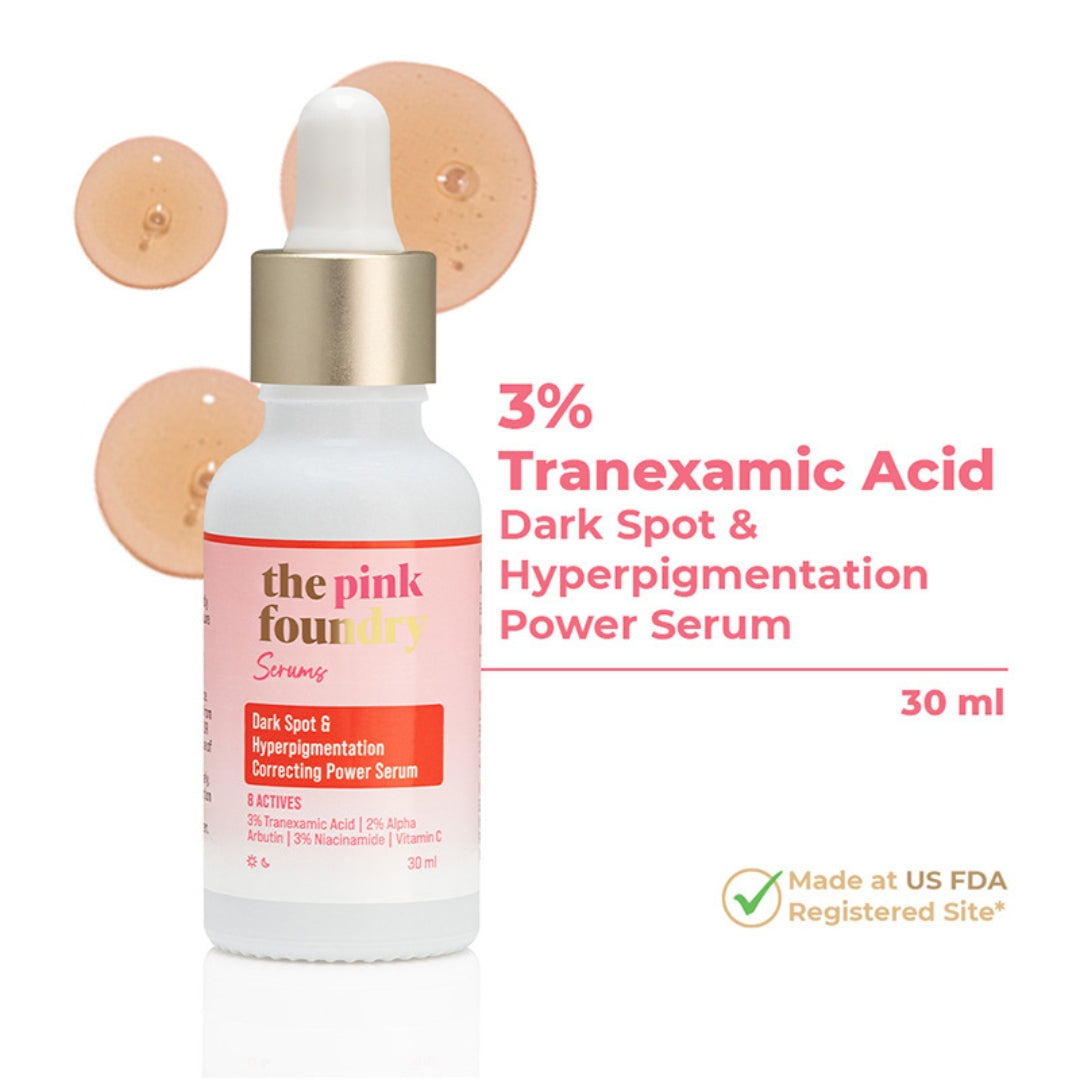
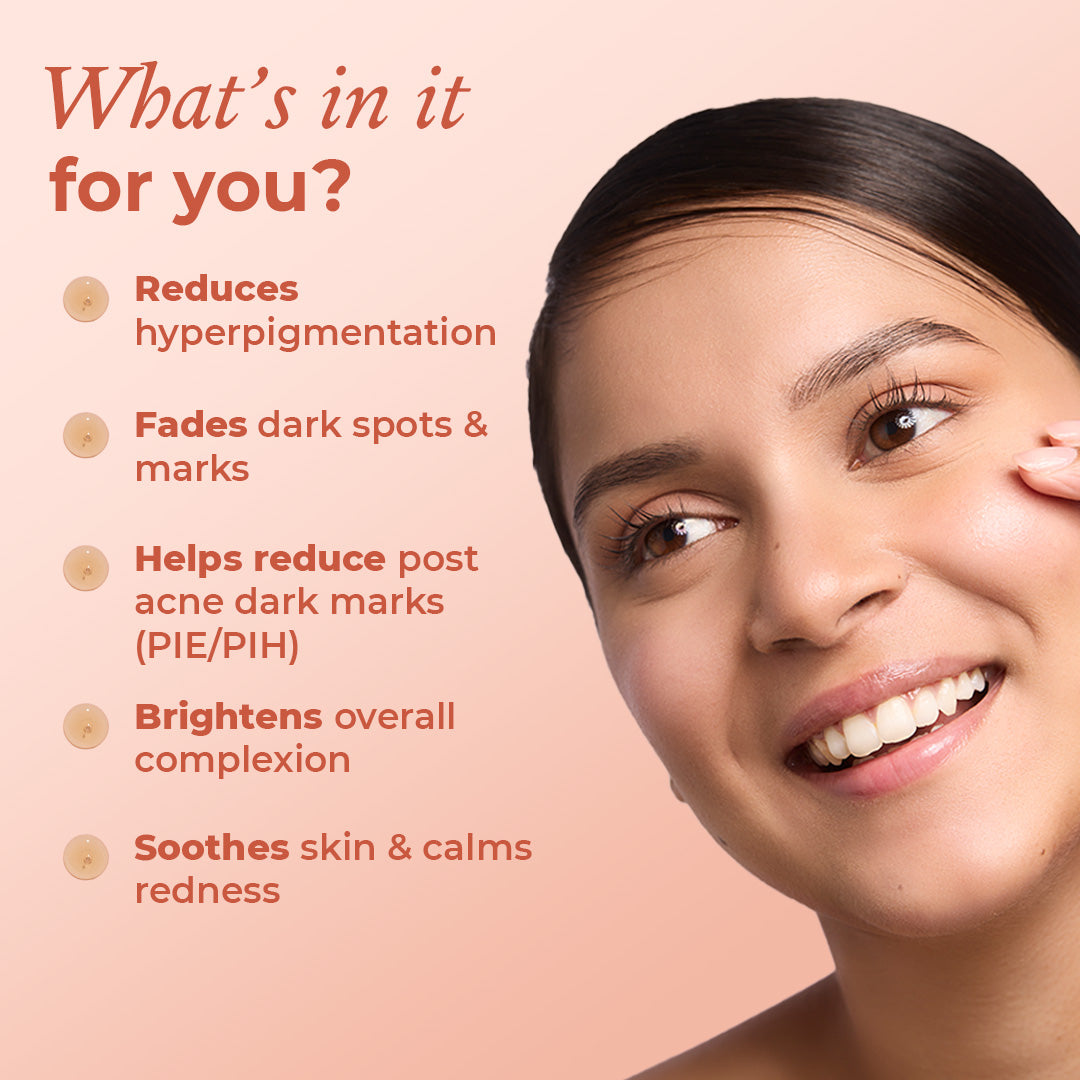
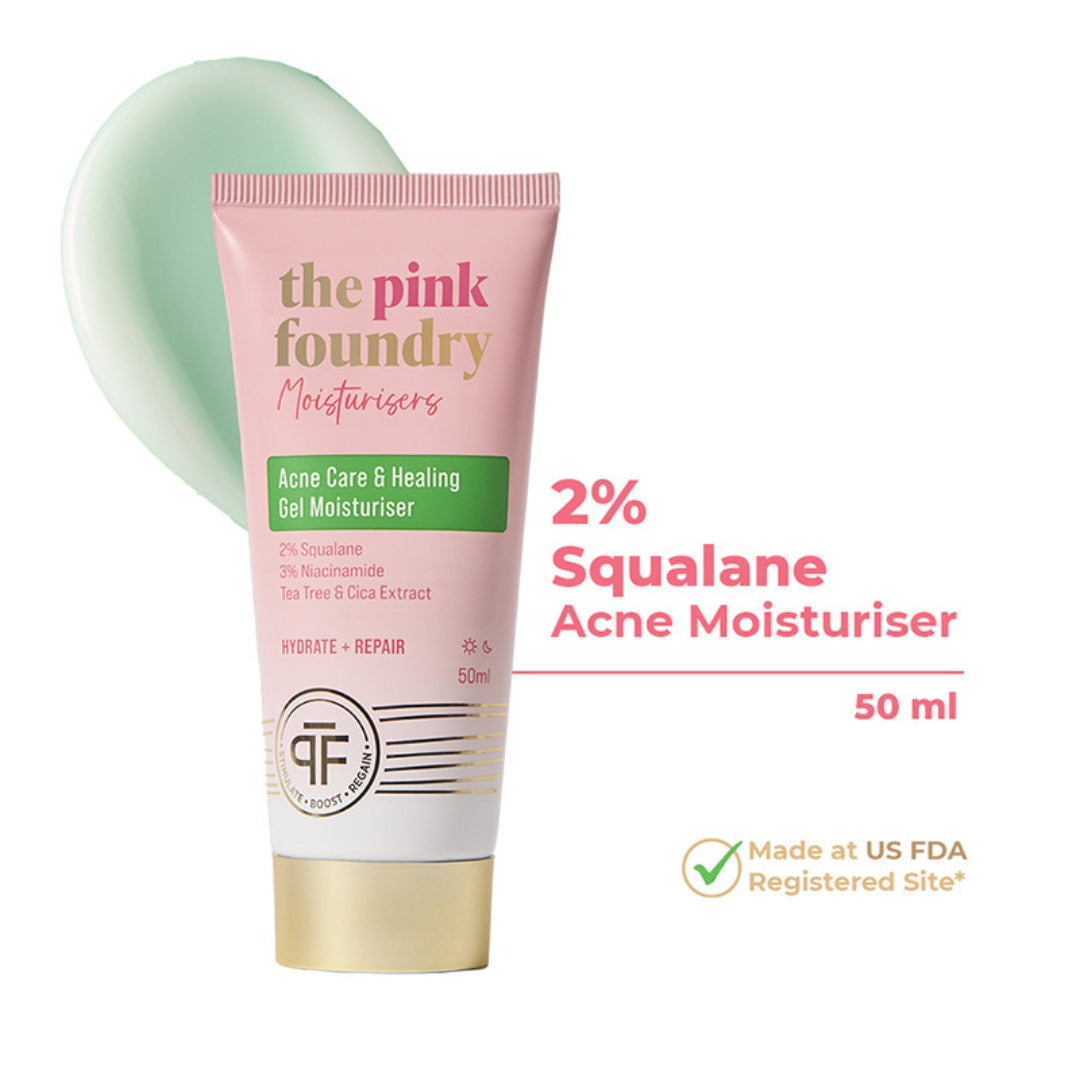
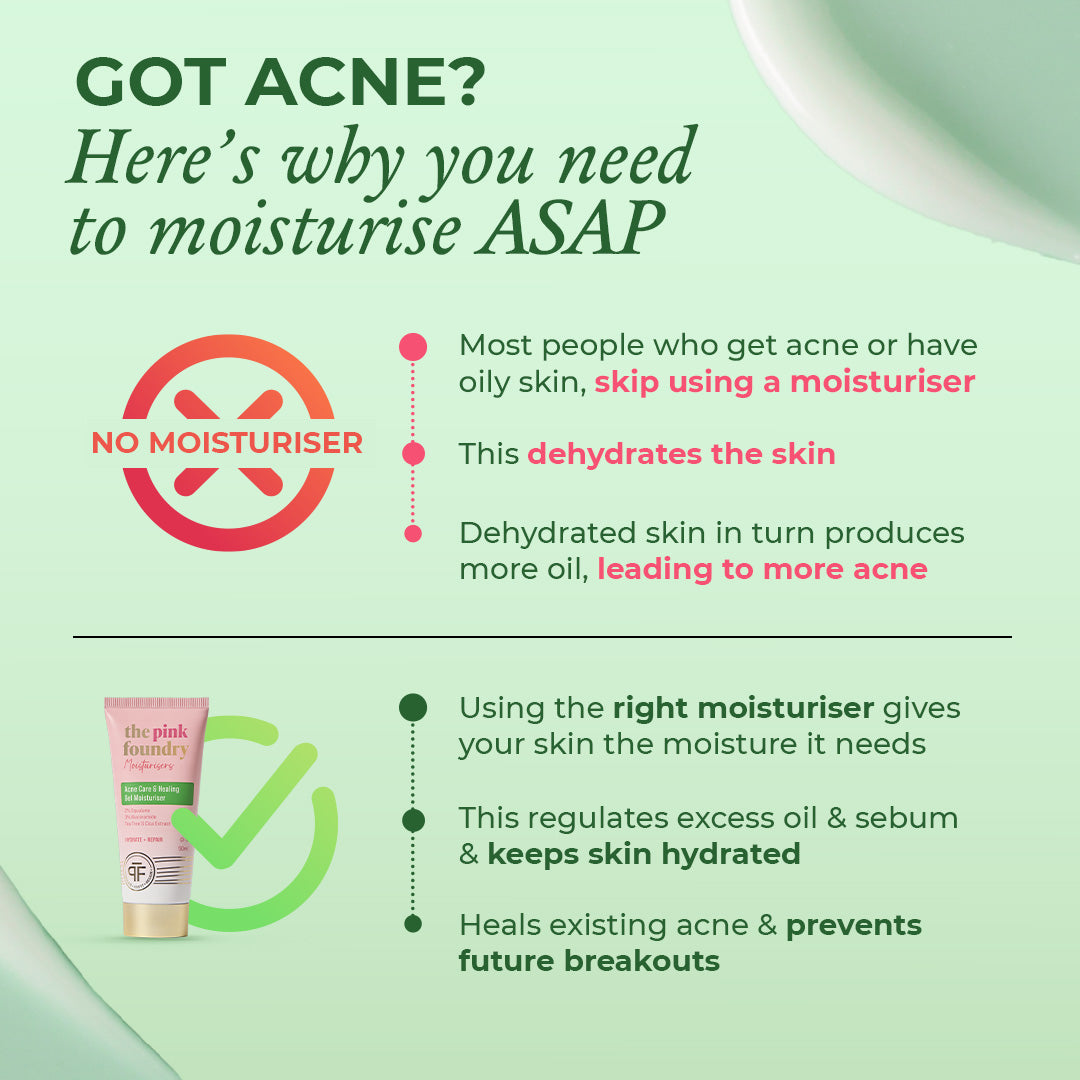
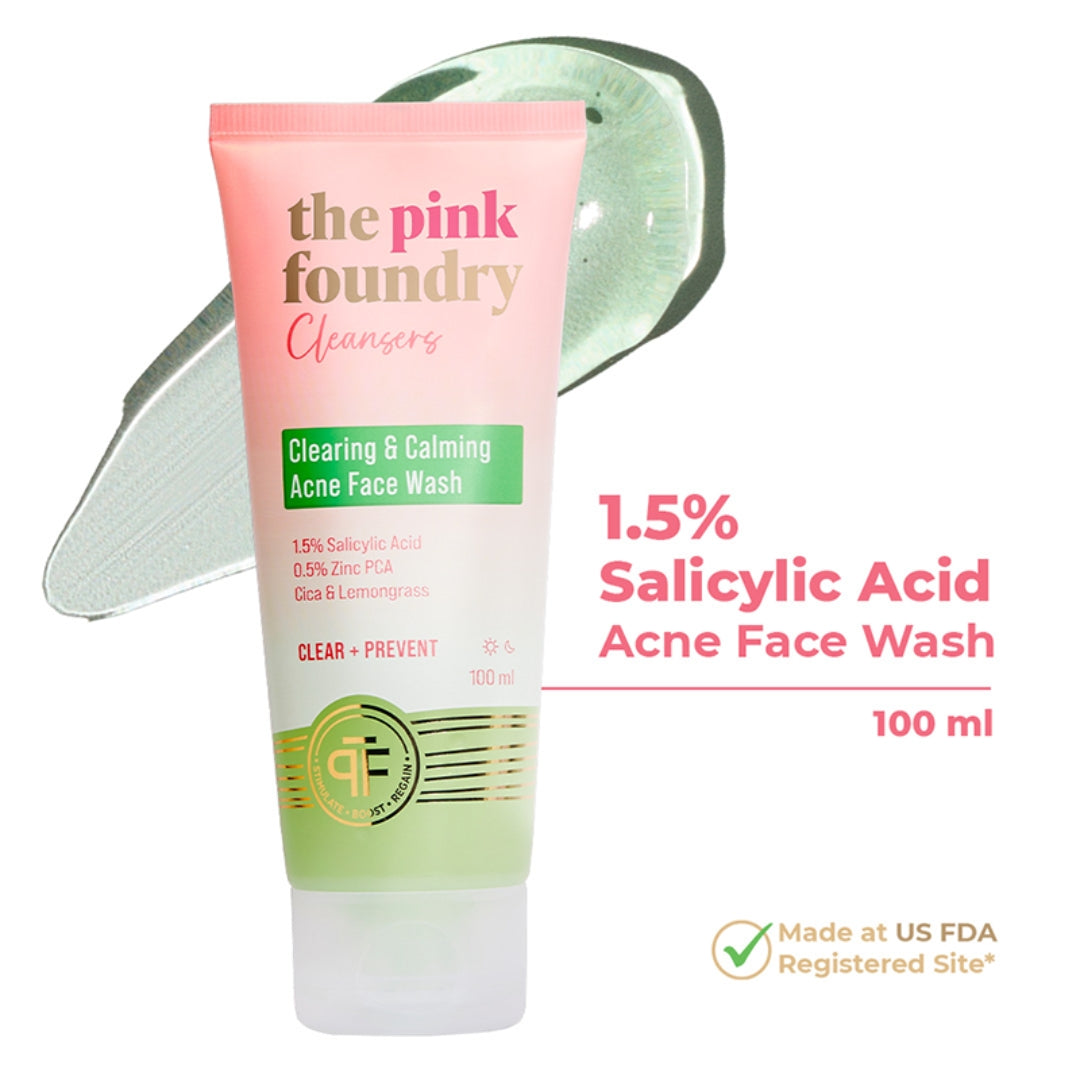
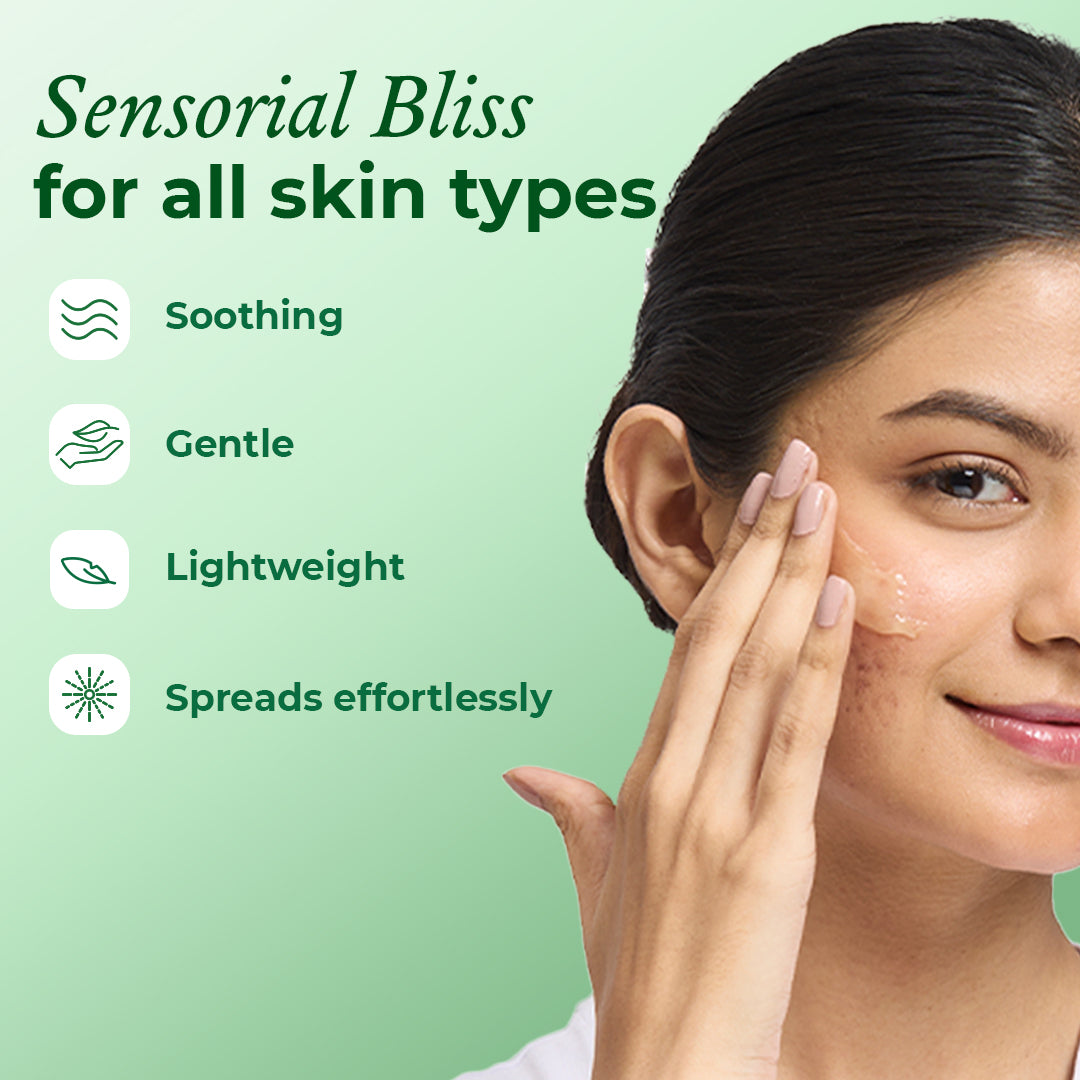
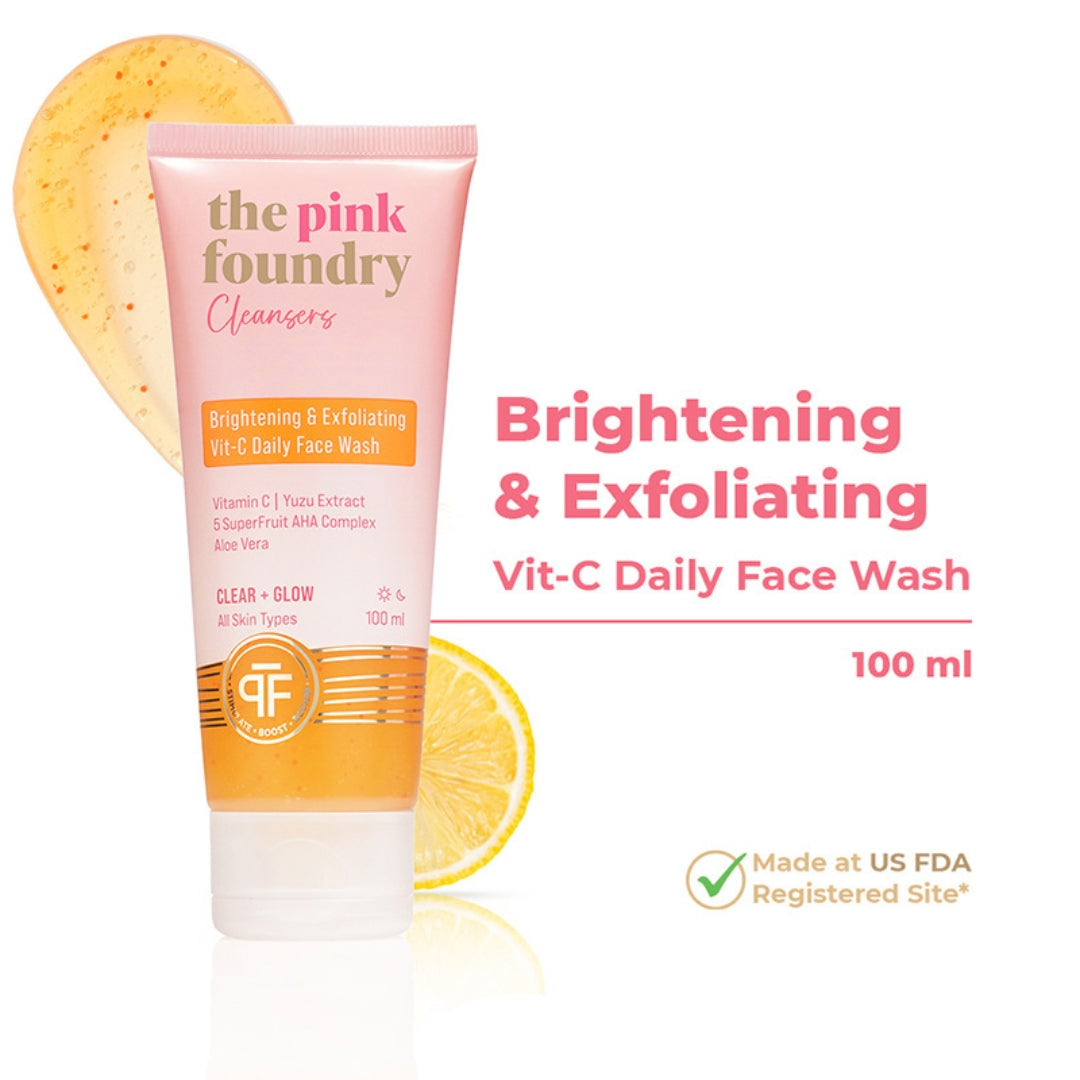
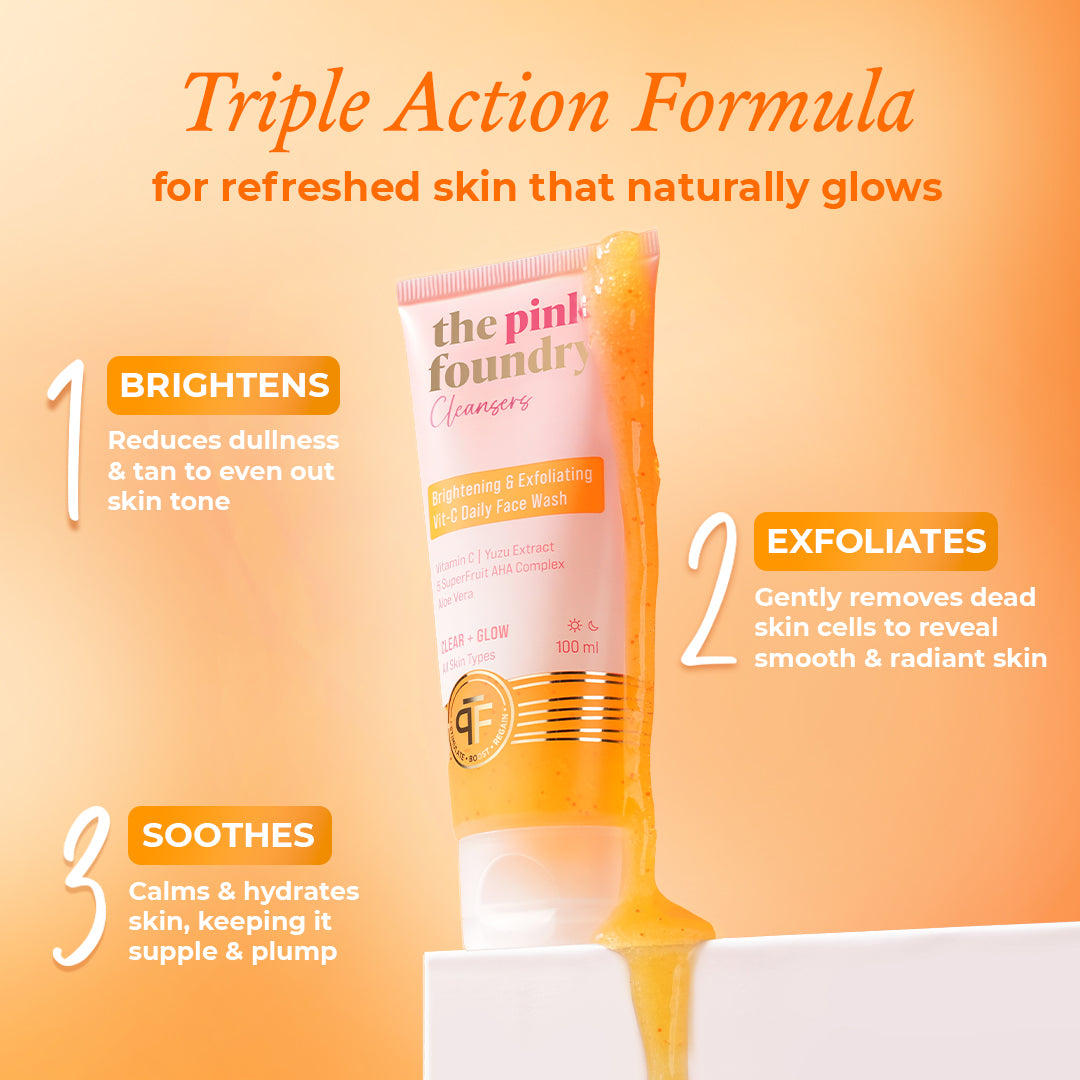
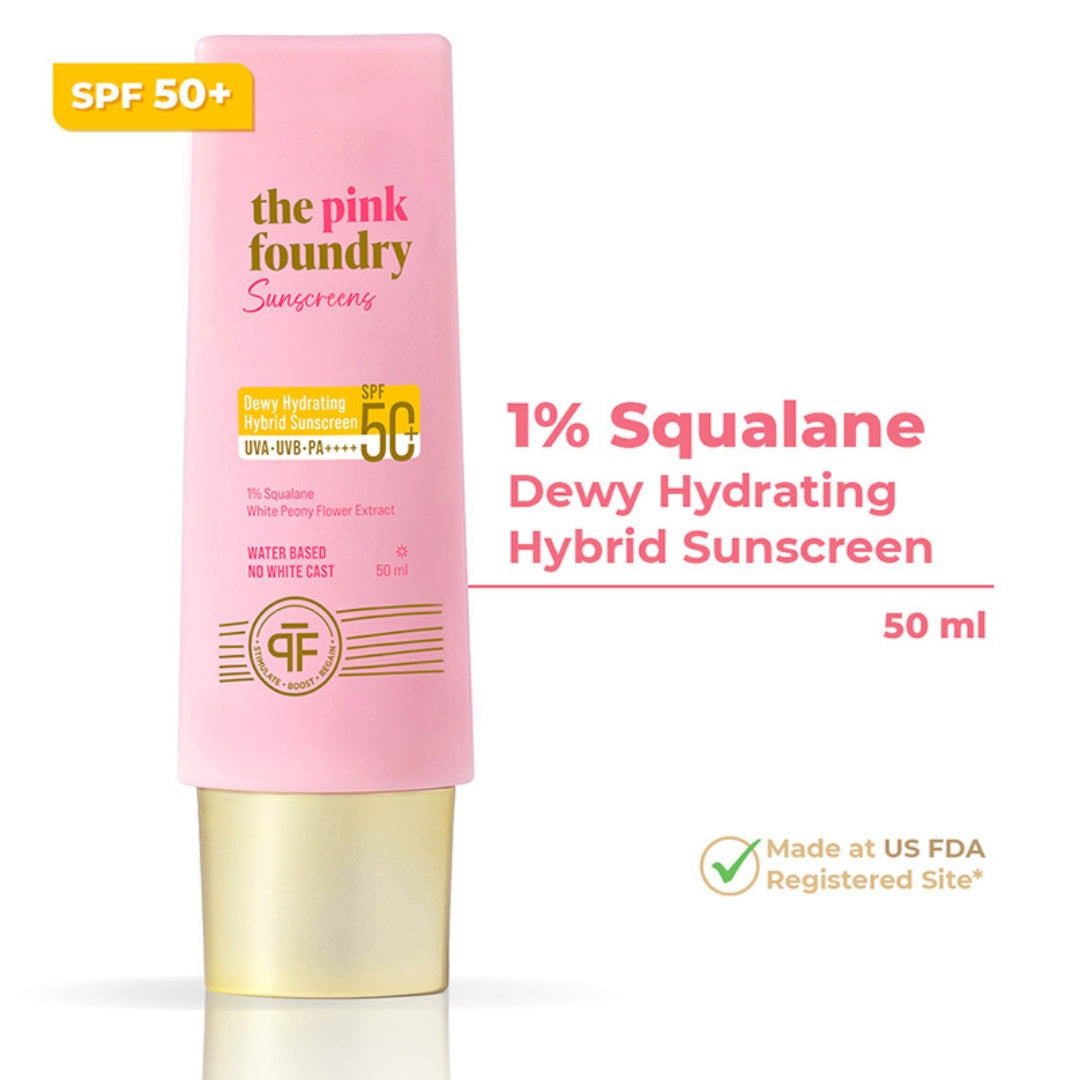
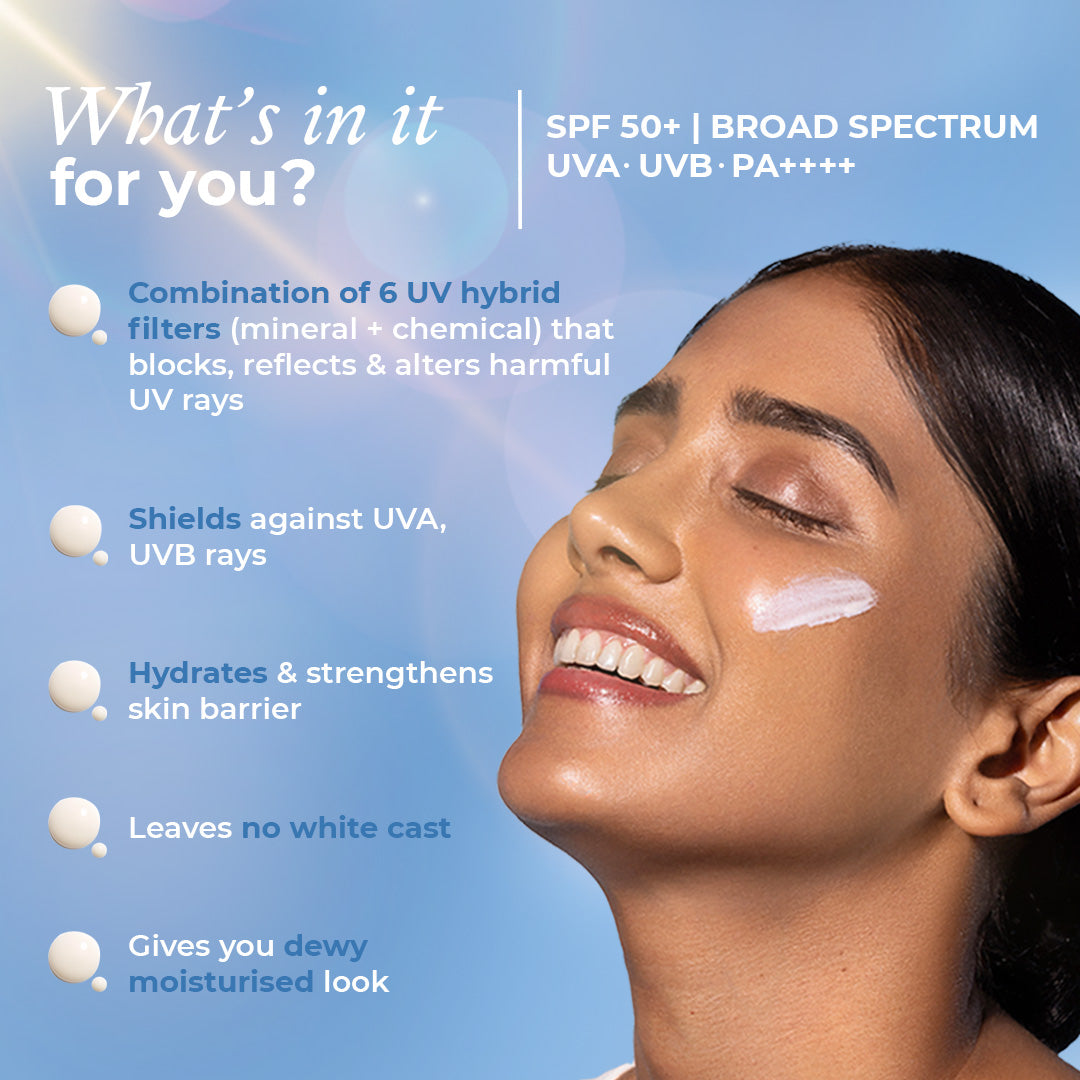
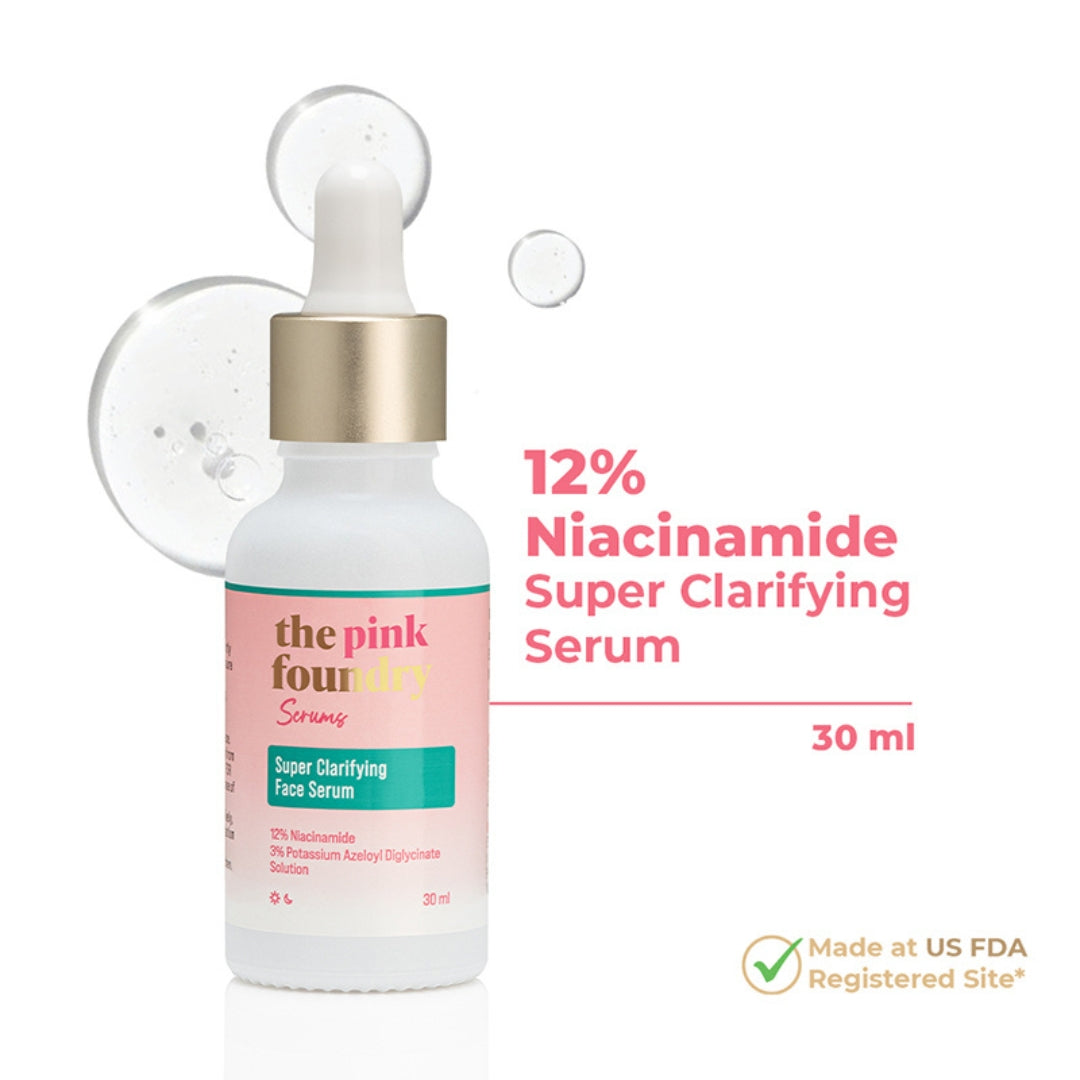
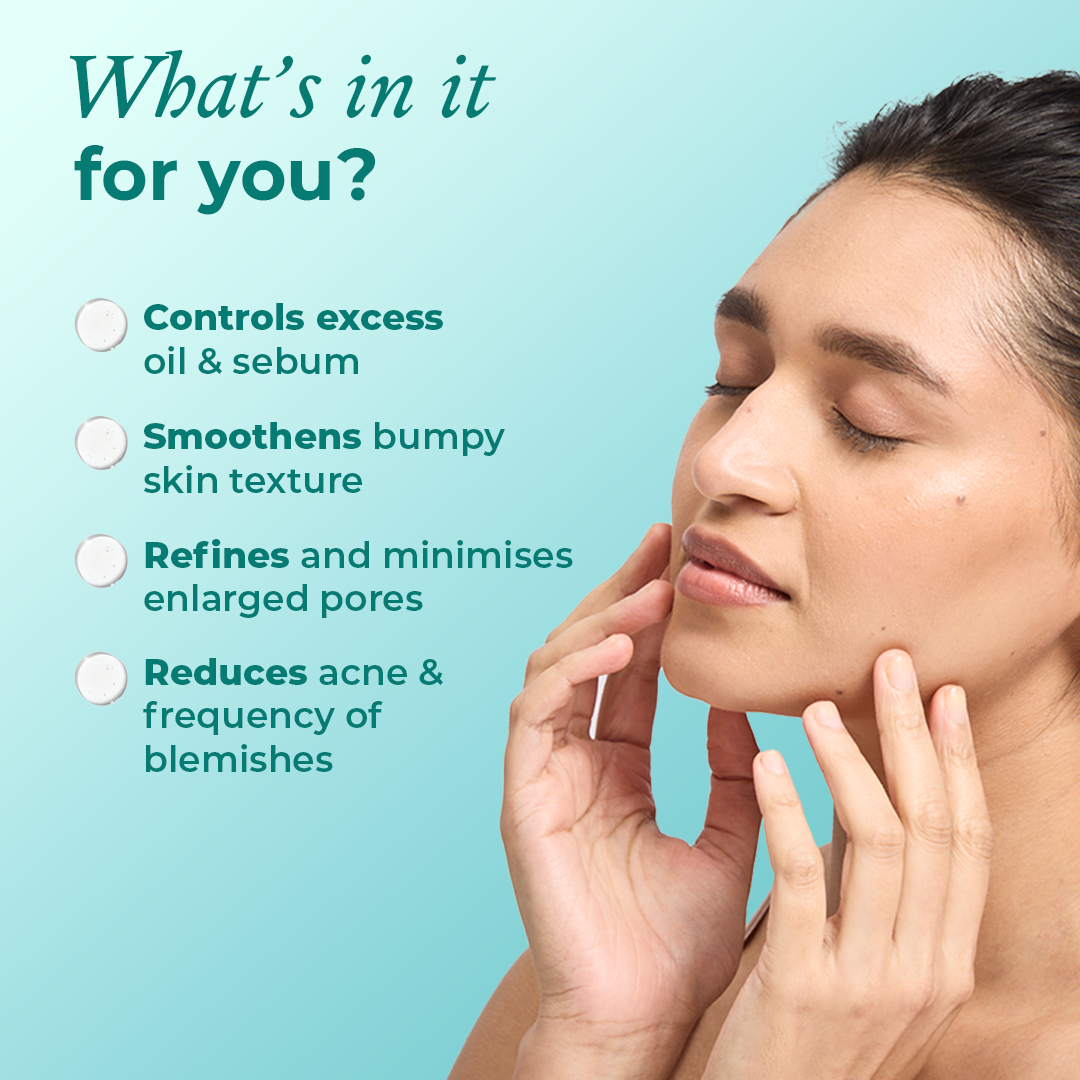
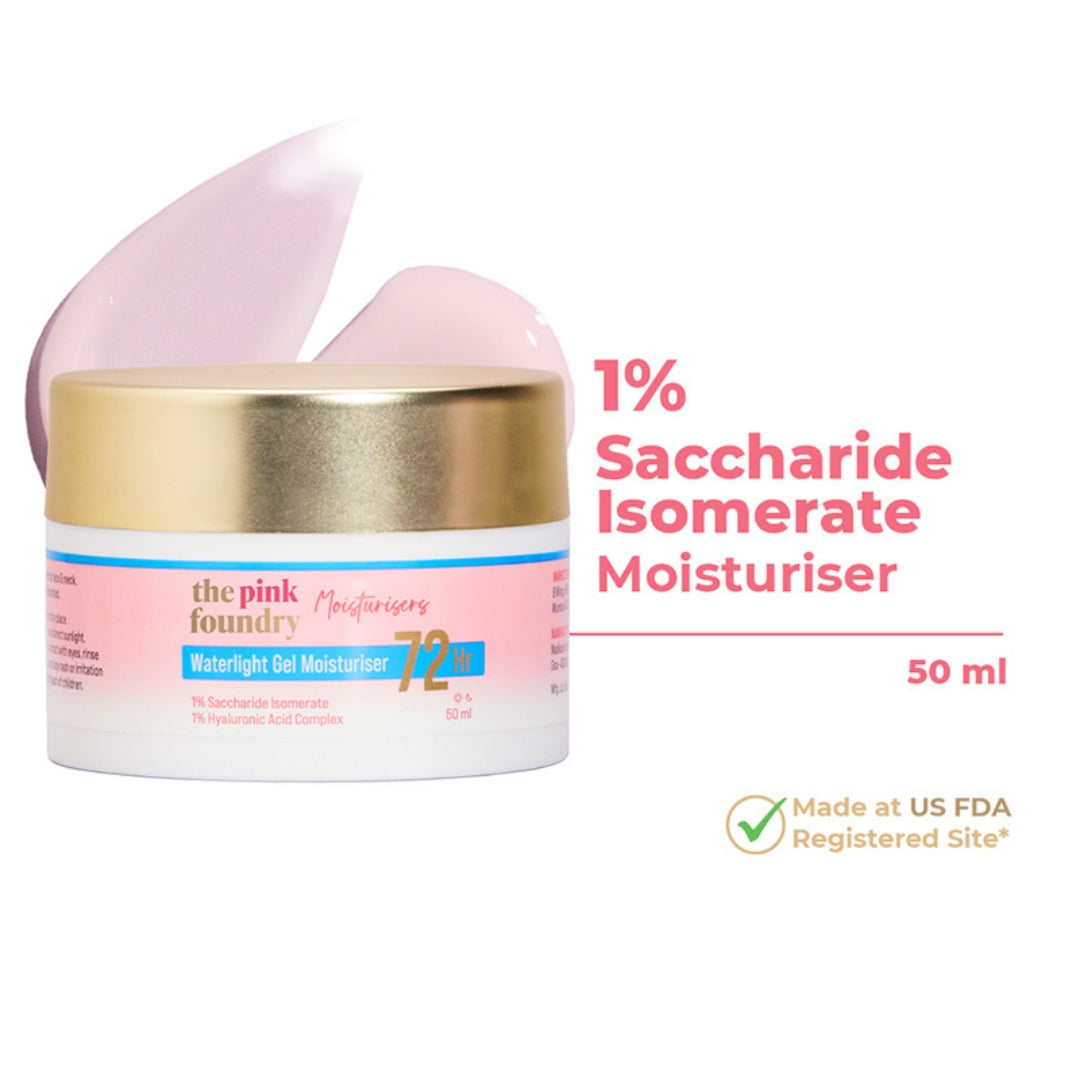
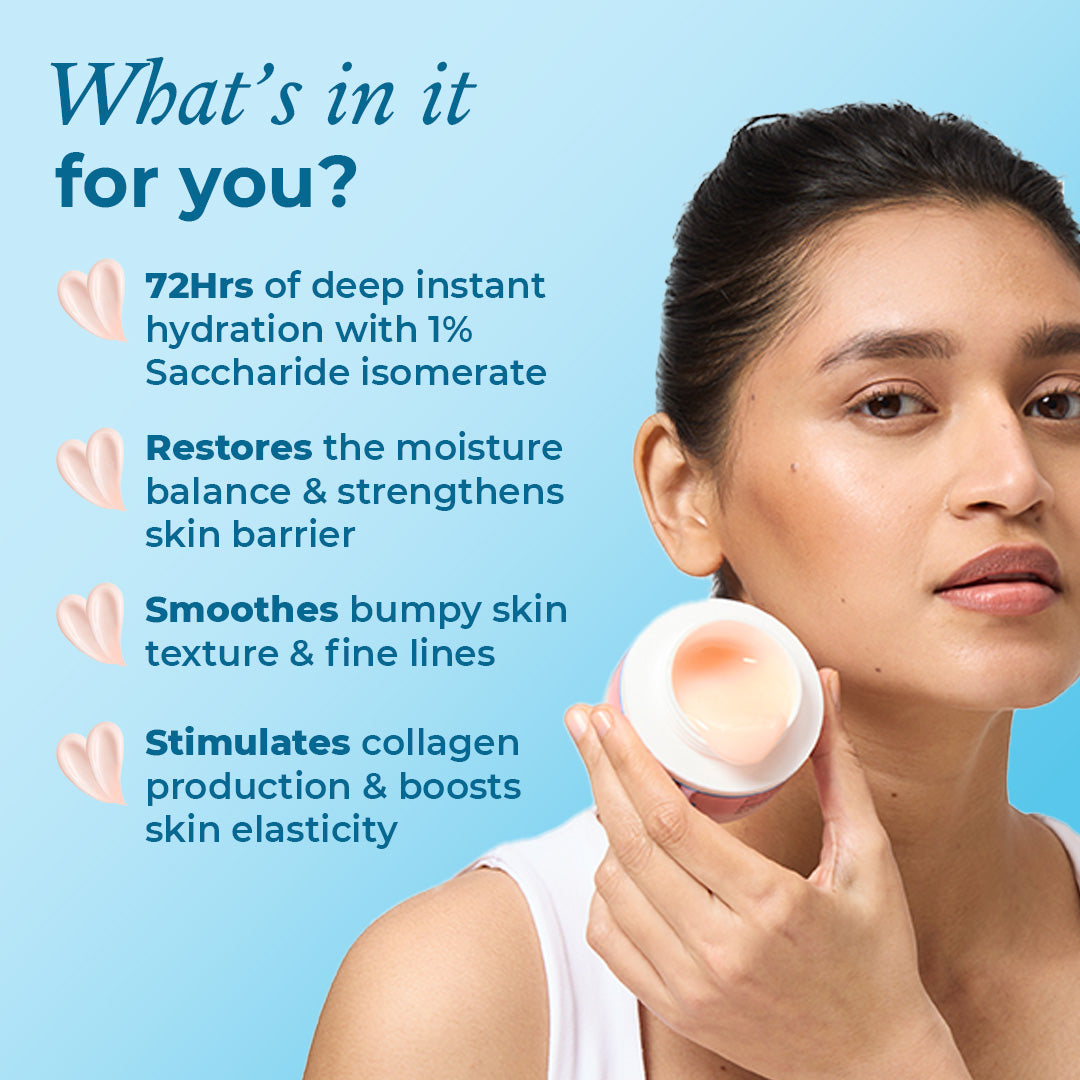


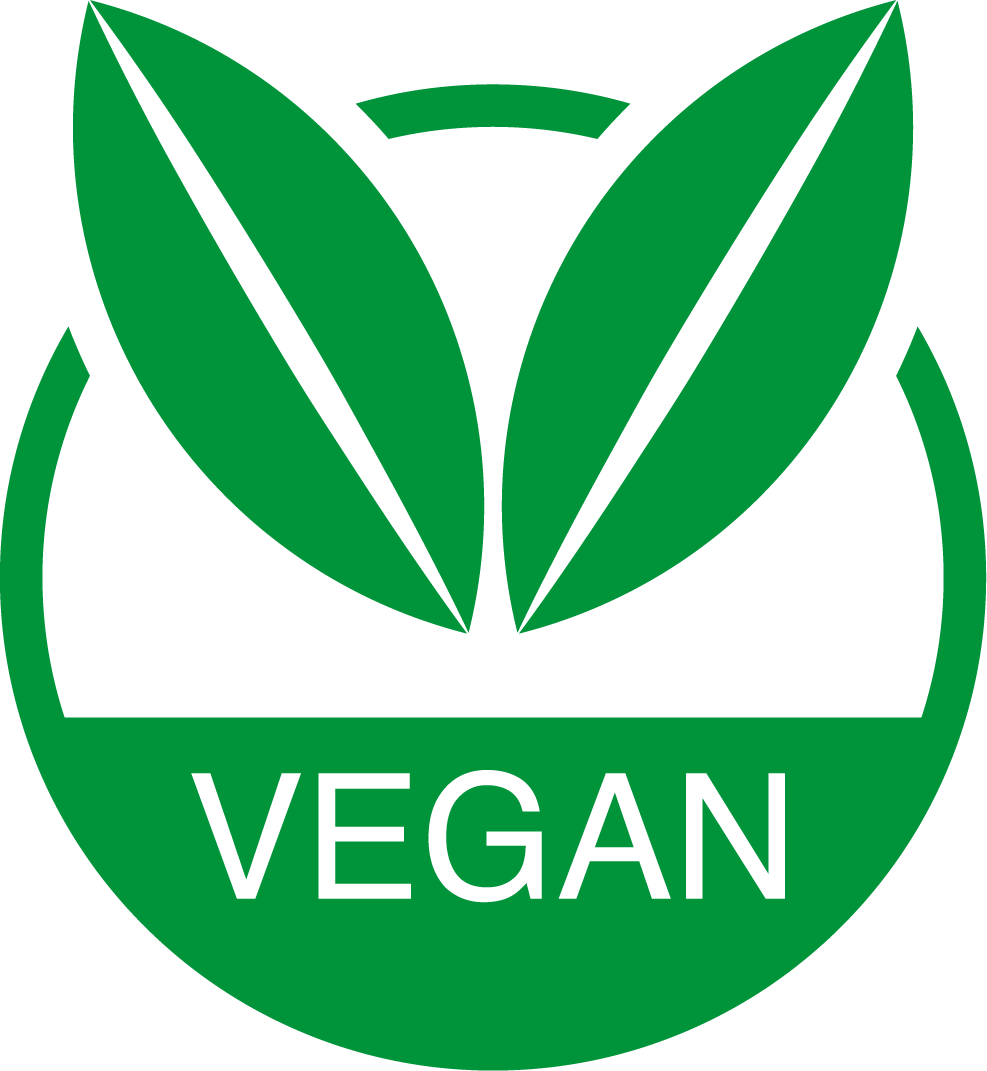

Leave a comment
This site is protected by hCaptcha and the hCaptcha Privacy Policy and Terms of Service apply.